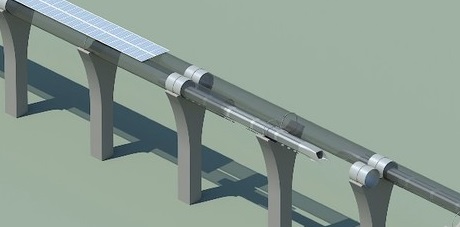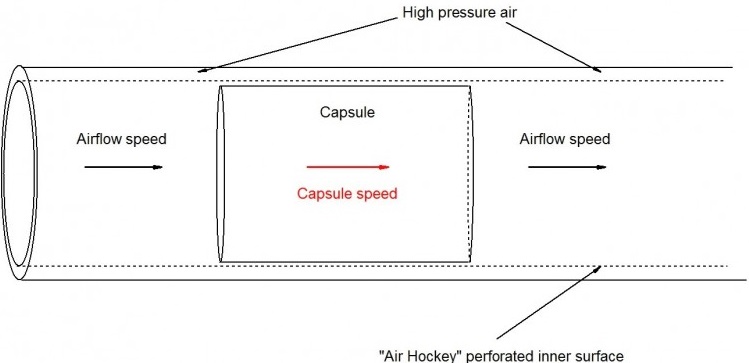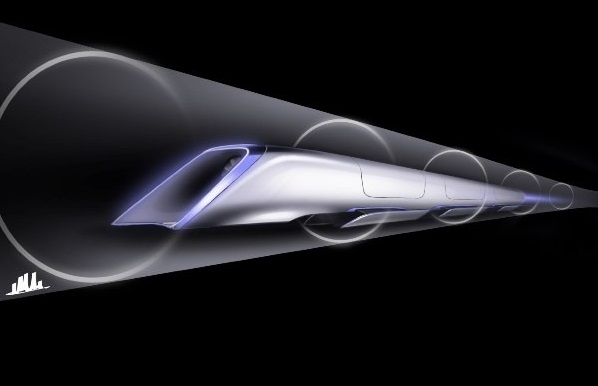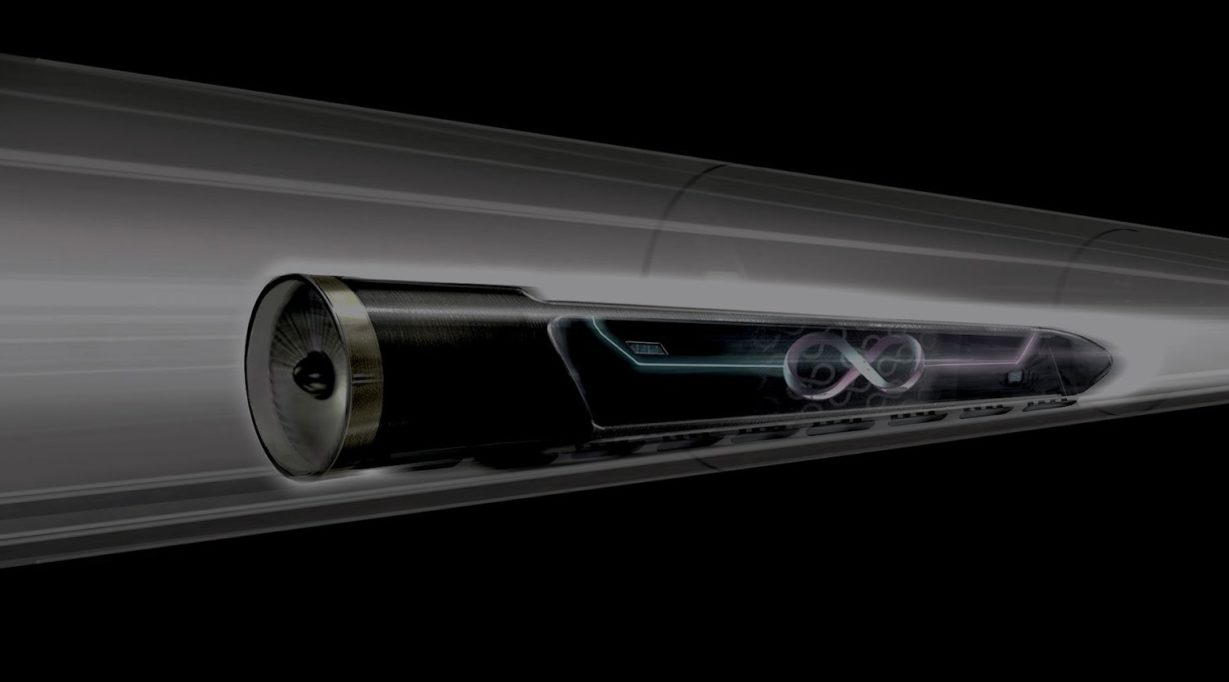[dropcap size=small]I[/dropcap]n past few decades, the need for faster and cheaper transportation systems has exponentially increased. Popular saying “Time is money” has evinced its presence, an uphill battle is being fought to reduce travelling time.
Elon Musk– A Canadian-American business magnate has envisioned a high speed transportation system known as hyperloop. The concept of people travelling across thousand kilometres within minutes is not far away from becoming an idea to reality. [highlight color=#ff0000 ]This kind of revolutionary transportation system will be way faster than any present trains like bullet train or TGV.[/highlight]

Hyperloops are weatherproof and crash-proof and passengers don’t have to wait for the service. [highlight color=#ff0000 ]Hyperloops are systems based on electromagnetic levitations and propelled cars, sent through reduced pressure tunnels at very high speeds. Cars ride on an air cushion propelled by linear induction motors and air compressors.[/highlight] A version of hyperloop transporting passengers and vehicles for notional California route was estimated US$ 7.5 Billion which was unrealistically low. [highlight color=#ff0000 ]The average speed of the journey in a hyperloop will be around 960 km/h with a top speed of 1220 km/h.[/highlight]

A hyperloop is expected to be a hybrid of a Concorde, a railgun and an air hockey table. A Concorde is a very fast supersonic passenger jet, a railgun accelerates objects by using electromagnetic forces and an air hockey tables reduces sliding friction drastically. These concepts are crossed together to form a hyperloop.
[highlight color=#ff0000 ]The main thing of concern in high speed ground transportation systems like hyperloops is to keep g-force as minimum as possible. G-force depends upon the acceleration and indirectly produces increase in weight.[/highlight] A commercial aircraft produces around 1.2 g-force, which is hardly enough to notice but high acceleration speeds in hyperloops can produce g-force which can be jittery for the passengers on board. To accelerate a capsule to 1000 km/h at 1 g requires 4.5 km of track length, which is very long. While travelling at 1000 km/h, turning can be a point of issue because keeping 1 g of acceleration while turning at this speed requires minimum 9 km of radius; this means that [highlight color=#ff0000 ]track for a hyperloop transportation system must be nearly straight.[/highlight]

[highlight color=#ff0000 ]Another point of concern is that at speeds approaching 1000 km/h, even a millimetre of deviation from straight path would cause high amount of buffeting and vibration with no provision of moving or any assistance in case of illness within the capsule.[/highlight] The unpleasant experience of the journey will be higher than any other form of public transportation.




